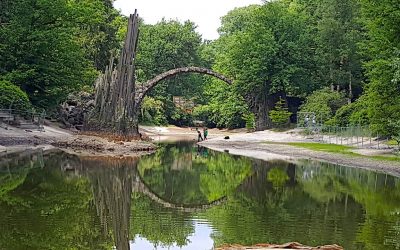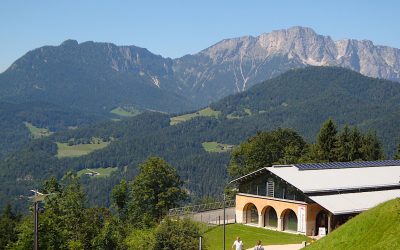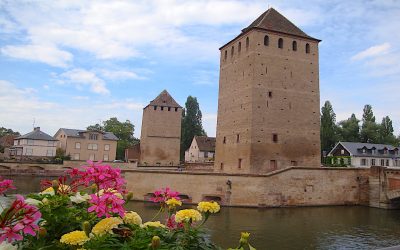2 weeks in Germany is surely not enough to absorb a country’s culture let alone navigate its compass points sufficient well. In truth...

Germany
Germany
Obersalzberg’s Dokumentation Museum
When it comes to remembering my lessons at school, I have to be honest and say that History wasn't my favourite - I was more interested in...
Visiting Strasbourg & Colmar
After the mountain scenery of Lake Geneva, Lac Léman to the locals, we moved through Switzerland into the Alsace region of France with...
Tips for leaving the Rat Race for a life on the road
Having said ‘goodbye’ to Blighty, we are now rocking and rolling with the waves of the notorious Bay of Biscay, which gives me time to...
Follow us
You can find us on social media,
different channels for different content.




